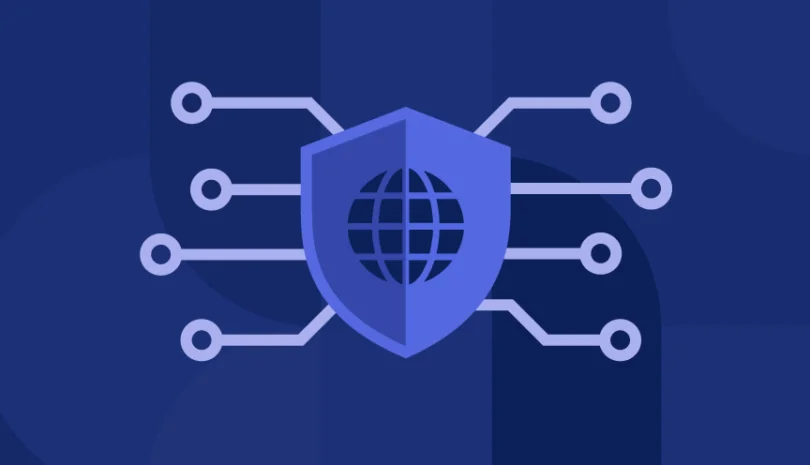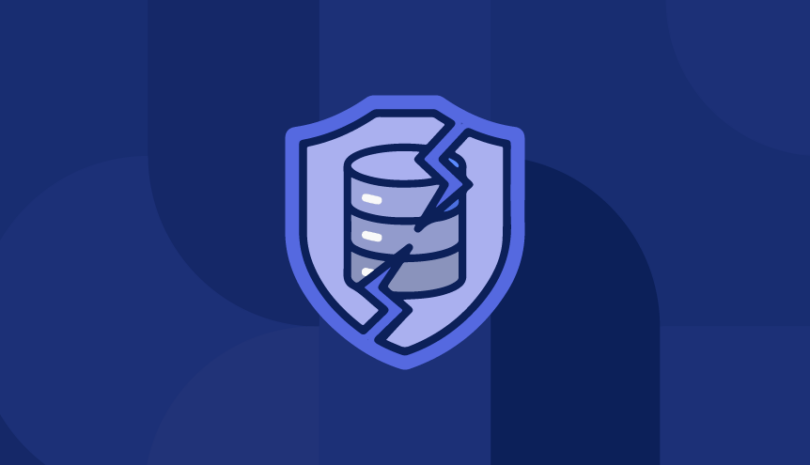Oracle Cloud recently found itself at the center of a cybersecurity storm. A threat actor going by rose87168 claimed to have breached its systems and stolen six million sensitive records, Java KeyStore files, encrypted SSO credentials, LDAP passwords, and more. Oracle responded with a firm denial: no breach, no compromised data, no impact.
So, was it real? Maybe. Maybe not.
But that’s not really the point.
Because even if this one doesn’t hold up, the next one might. And the one after that might involve a critical vendor you depend on.
We live in an ecosystem where your security posture isn’t just about your internal defenses, it’s about the trust and hygiene of everyone you connect to. Your vendors. Their vendors. And their vendors’ vendors.
When a Giant Stumbles, Everyone Feels It
Oracle isn’t some random vendor. It’s one of the biggest names in enterprise IT. If a breach touches their authentication infrastructure, even just in theory, it should shake everyone awake. Not because of the name, but because of the reach. Because in today’s reality, it’s never just about one company.
We build on layers of cloud infrastructure, third-party APIs, and services we don’t control. Your app might never touch Oracle’s login server directly. But maybe your payroll system does. Or your auth provider. Or theirs.
The Risk Beneath the Surface
This is what we call nth-party risk. It’s not about the vendors you signed a contract with. It’s about their dependencies and downstream supply-chain. The scariest vulnerabilities are the ones you don’t even know exist.
That’s what this story highlights. Even if the breach wasn’t real, the possibility exposes a bigger truth: most organizations don’t really understand what would happen if a core vendor, or a vendor’s vendor, goes down.
Old Methods Can’t Handle New Threats
Still using annual vendor assessments? Still relying on static questionnaires?
That’s like checking the weather last January to decide if you need an umbrella today. Real risk shifts fast. Without real-time monitoring and deep supply chain visibility, you’re basically operating blind.
We need to see more. And we need to act faster.
Don’t Panic. Prepare.
This isn’t about spreading fear. It’s about urging readiness. Every high-profile rumor, true or not, is a chance to audit your own resilience.
Who are your most critical vendors / 3rd-parties? Do you monitor their security posture continuously? Do you know who they depend on? Do you have a plan for when, not if, something breaks?
Cyber risk isn’t an IT problem. It’s a business survival issue. If your vendor goes down, your ability to operate, comply, and serve customers is on the line.
Final Thought
Whether this Oracle story ends up being real or not, it taught us something. Most companies still approach third-party risk reactively. That’s not enough anymore.
We need to think like systems people. Like investors. We don’t wait for markets to crash before diversifying, we plan ahead.
The same applies here. Third-party, fourth-party, fifth-party, if it touches your ecosystem, it touches your risk profile. And if you’re not looking at the whole picture, you’re not really looking at all.



